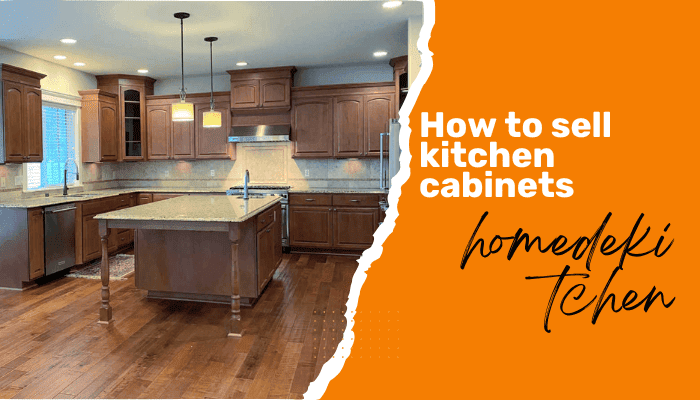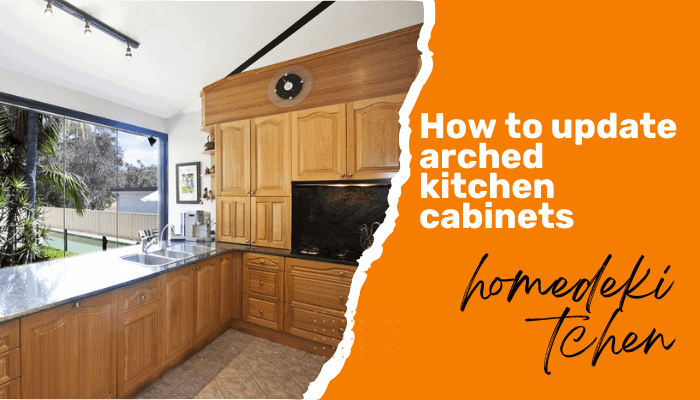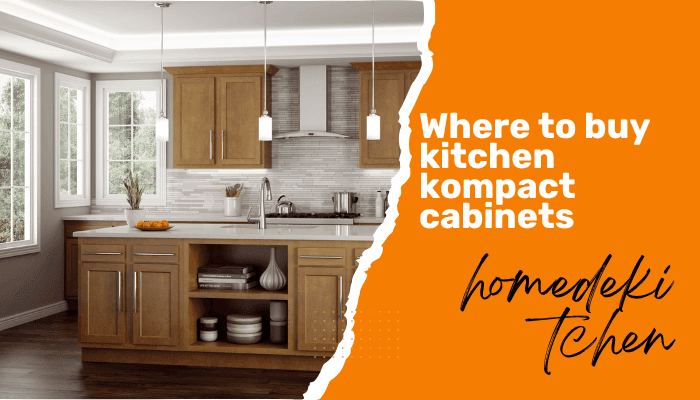
If you’ve never sold kitchen cabinets before, the procedure could appear challenging and difficult. Because most homeowners lack selling experience, their cabinets and other kitchen accessories frequently wind up in landfills.
If done properly, selling kitchen cabinets may be a successful business. Here are some recommendations to help you successfully how to sell kitchen cabinets, whether you’re a manufacturer, distributor, or retailer:
How to Sell Kitchen Cabinets
1. Market analysis
Recognize who your target market is. Do you market to builders, contractors, or homeowners? Determine their preferences and trouble spots. Investigate your rivals. What are their product offers, pricing policies, and marketing strategies?
2. Product Choice:
To accommodate a variety of consumer preferences, provide a wide assortment of cabinet styles, materials, finishes, and sizes. Make sure your goods are of a high caliber and adhere to industry requirements.
3. Pricing Technique:
Establish pricing for your cabinets that is both profitable and competitive. To accommodate various price points, take into account your pricing alternatives.
4. Display area or online presence:
Create an actual showroom if you can so that customers can see and touch your cabinets. Make an easy-to-use website that includes thorough product information and excellent photos for online shoppers.
5. Promoting and marketing:
Online prospects can be reached by using digital marketing, social media, and search engine optimization (SEO). Invest in established advertising channels including flyers, newspaper ads, and regional publications.
For visibility, think about collaborating with regional builders or home improvement TV shows.
6. Customers’ needs:
Establish trust and encourage repeat business by offering first-rate customer service. Provide software tools or design consultations to assist customers in planning their kitchen layouts.
7. Create Connections with Builders and Contractors:
Cooperate with builders and contractors who can recommend your products to their customers. Give incentives or reductions for large orders.
8. Reviews and recommendations found online:
Request evaluations from pleased clients on your website or other review sites. Take timely, professional action to address any bad reviews.
9. Choices for Customization:
Provide alternatives for customization, including different hardware options, sizes, and colors. Describe why choosing custom cabinets over ready-made ones has significant advantages.
10. Services for Installation and Delivery:
Deliver packages in a timely manner and, if at all possible, offer installation services. To reduce problems after purchase, make sure installation is done quickly and correctly.
11. Quality Control:
Put quality control procedures in place to guarantee that each cabinet satisfies the highest requirements. To reassure clients that your products will last, offer warranties.
12. Continuity and Trends:
Keep up with eco-friendly kitchen products and design trends. Customers who care about the environment may be drawn to sustainable solutions.
13. Networking:
Become acquainted with other industry specialists by attending trade shows. To get credibility and access to resources, join industry organizations.
14. Legal Conformity:
Make sure your company complies with all applicable local, state, and federal laws, as well as licenses and permits.
15. Suggestions for Improvement:
Customer input should be continuously gathered and used to enhance your offerings. Keep an open mind and be prepared to adjust as necessary to satisfy client requests.
Conclusion!!
A combination of product quality, marketing, and customer service is necessary to sell kitchen cabinets. You can create a prosperous kitchen cabinet business by concentrating on these factors and making constant improvements.
FAQs!!
1. What kinds of kitchen cabinets ought I to offer?
Provide a range of cabinet designs, materials (such as wood, laminate, and MDF), finishes, and sizes to accommodate various consumer preferences. Think of both pre-built and customizable choices for cabinets.
2. What should my kitchen cabinets be priced at?
Base your pricing decisions on elements such as market demand, manufacturing costs, and rival prices. Finding a balance between competitiveness and profitability is crucial.
3. Does selling kitchen cabinets require a real showroom?
A showroom is not necessary, but it can let clients see and touch your products. A well-designed, educational website can also work as a digital showcase.
4. What advantages come with having customized kitchen cabinets?
Customers who order custom kitchen cabinets can select particular sizes, styles, colors, and features to suit their own requirements and tastes.
5. What should I do if my customers leave me a bad review?
Professionally respond to unfavorable comments and work to fix any problems. Show potential clients that you value their opinions and are dedicated to enhancing your offerings.






